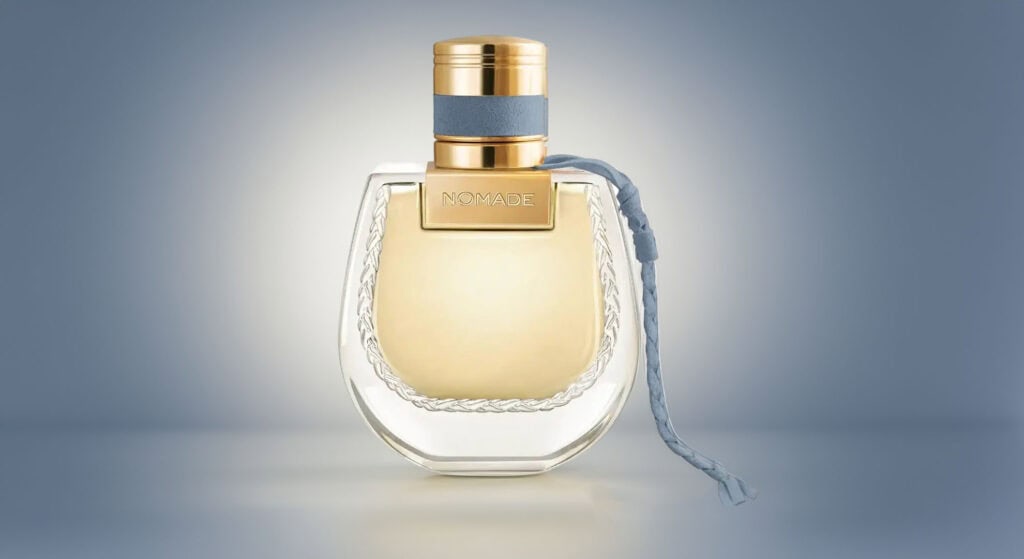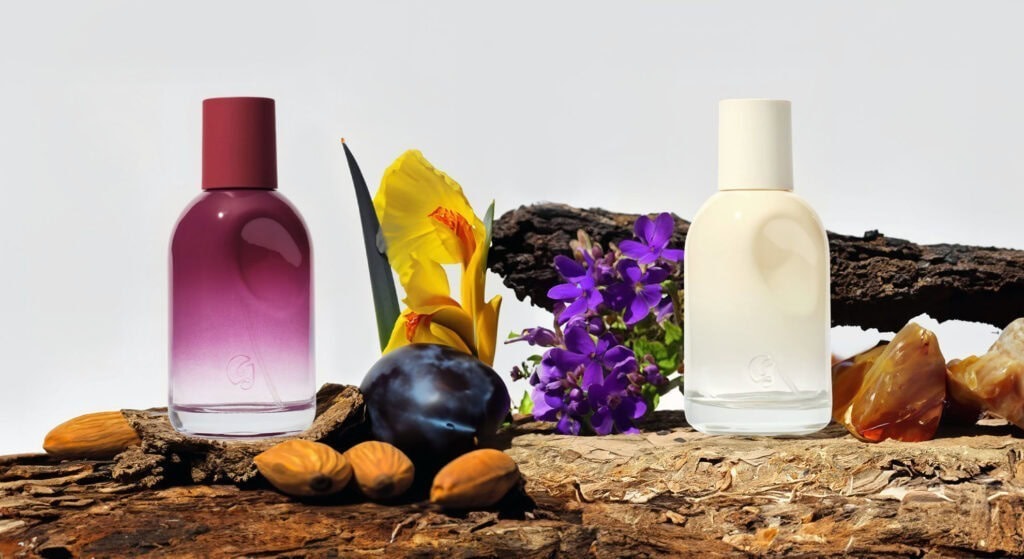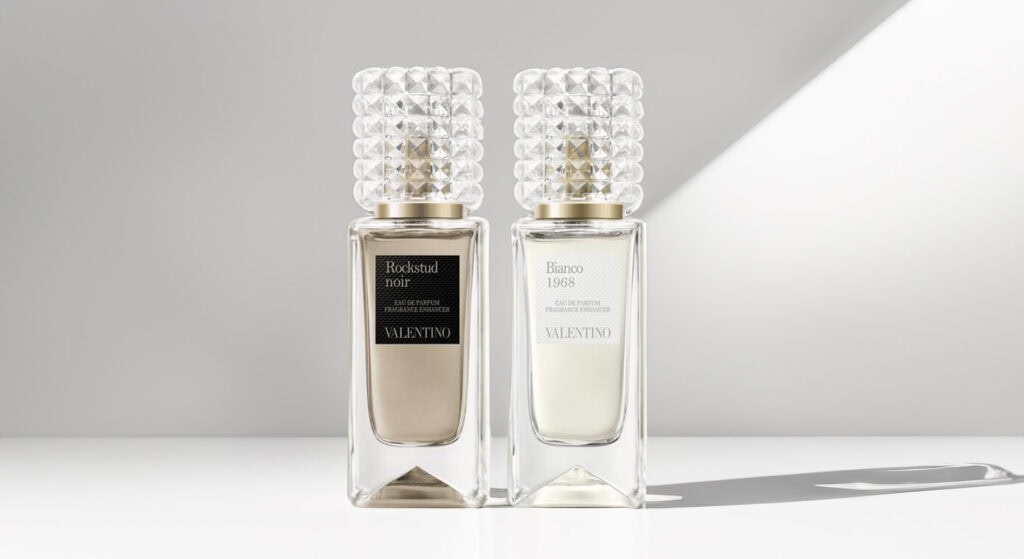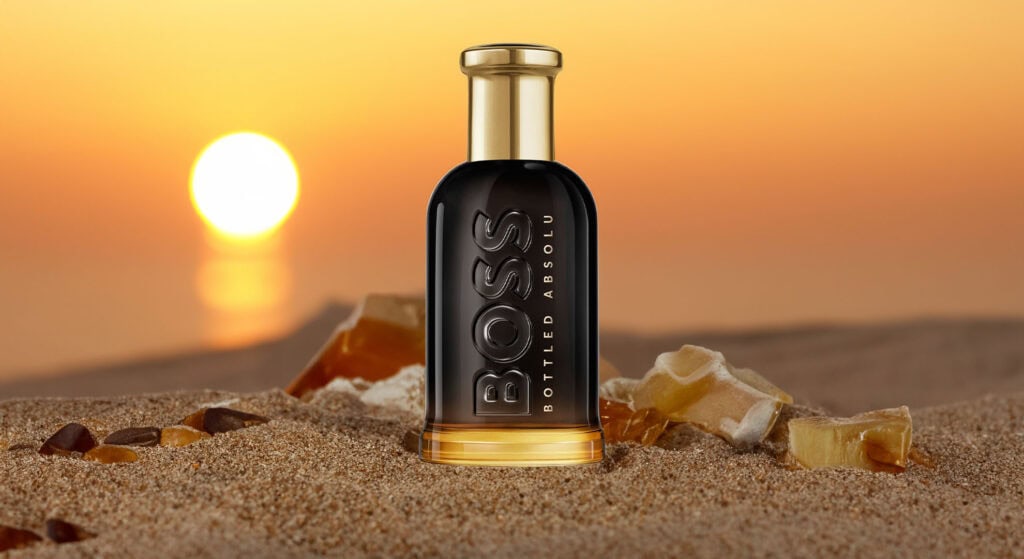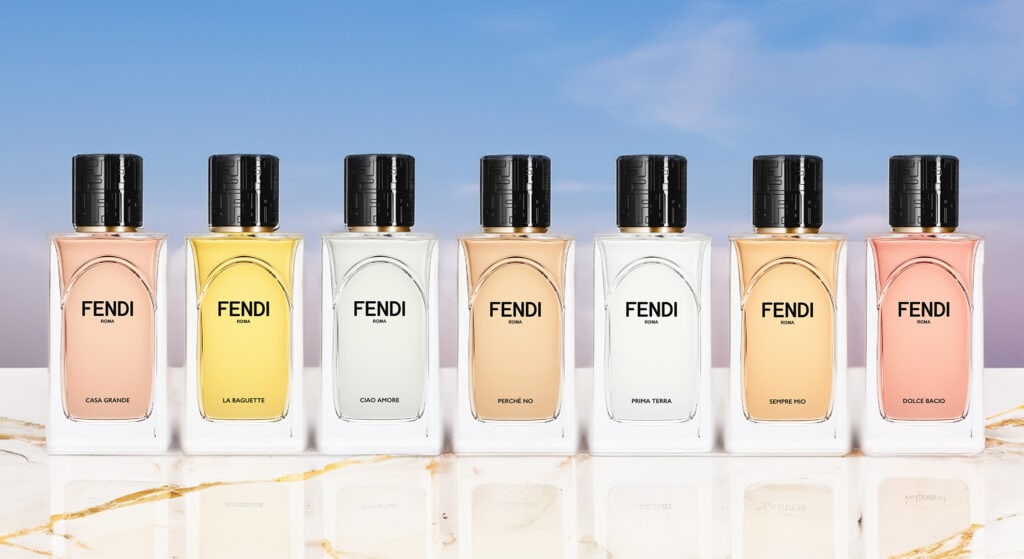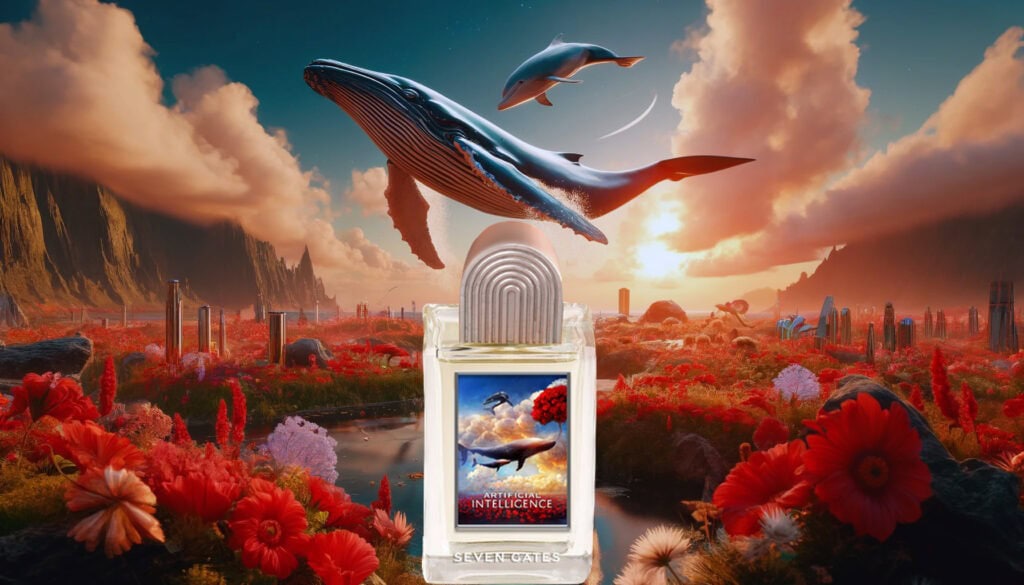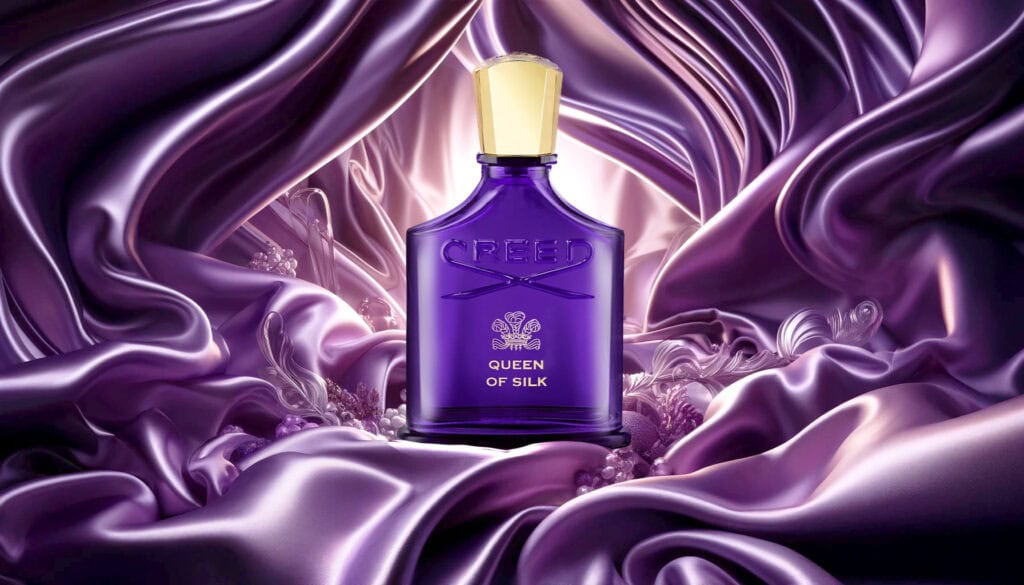Myrrh in Perfumery: The Mystical Resin and Its Role in Scent Creation
Myrrh, with its deep, resinous, and slightly sweet aroma, has been cherished for centuries, not only for its spiritual significance but also for its profound impact on the art of perfumery. Known for its warm, earthy, and balsamic qualities, myrrh adds a sense of mystery and depth to fragrances. This article delves into the extraction of myrrh for perfumes, its blending with other fragrance notes, and some of the most iconic perfumes where myrrh is a key ingredient.
The Sacred Essence: Extracting Myrrh for Perfumery
Myrrh is a resin obtained from the Commiphora species, particularly Commiphora myrrha, a small thorny tree native to the Arabian Peninsula and parts of Africa. The resin is collected through a process that has remained largely unchanged for centuries, ensuring that the true essence of myrrh is captured in its purest form.
- Harvesting the Resin: Myrrh is harvested by making small incisions in the bark of the Commiphora tree. The tree exudes a sticky, amber-colored resin, which is allowed to harden and is then collected. This raw myrrh resin is the starting point for creating the essential oil used in perfumery.
- Steam Distillation: The most common method for extracting myrrh essential oil is steam distillation. The raw resin is subjected to steam, which releases the volatile aromatic compounds. As the steam cools, it condenses, separating the essential oil from the water. The resulting myrrh oil is rich, warm, and complex, with earthy, balsamic, and slightly medicinal notes that are highly valued in perfumery.
- Solvent Extraction: In some cases, solvent extraction is used to produce myrrh absolute. This method involves dissolving the resin in a solvent, which draws out the fragrant compounds. The solvent is then evaporated, leaving behind a concentrated absolute with a deep, rich aroma. Myrrh absolute is often used in high-end perfumes for its intense, long-lasting scent.
Blending Myrrh in Fragrance Compositions
Myrrh’s complex and rich aroma makes it a versatile ingredient in perfumery, capable of adding depth, warmth, and a mystical quality to a wide range of fragrance compositions.
- Oriental and Spicy Scents: Myrrh is a quintessential element in oriental perfumes, where its warm, resinous qualities complement spices like cinnamon, cardamom, and nutmeg. The combination creates a rich, exotic fragrance that is both sensual and mysterious. Serge Lutens’ La Myrrhe is a prime example, where myrrh is blended with spices and aldehydes to create a warm, enveloping scent with a touch of brilliance.
- Woody and Incense Blends: In woody and incense-based perfumes, myrrh adds a smoky, balsamic depth that enhances the richness of woods like sandalwood, cedar, and oud. This combination evokes the ancient rituals where myrrh was burned as incense, creating a fragrance that is both grounding and spiritually uplifting. Amouage’s Interlude Man showcases this blend, where myrrh intertwines with frankincense, oud, and spices, resulting in a complex, smoky, and meditative scent.
- Gourmand and Sweet Accords: Myrrh’s slightly sweet, balsamic aroma can be used to add a touch of warmth and depth to gourmand fragrances. When paired with notes like vanilla, tonka bean, or honey, myrrh enhances the sweetness while adding a resinous, earthy undertone that balances the composition. Tom Ford’s Noir de Noir uses myrrh to add a deep, resinous quality to its blend of rose, vanilla, and truffle, creating a dark, luxurious fragrance.
- Floral and Earthy Compositions: Myrrh can also be used to anchor floral perfumes, adding depth and complexity to the lighter, more delicate notes of jasmine, rose, or lily. The resinous quality of myrrh provides a grounding contrast to the ethereal florals, making the fragrance more sophisticated and long-lasting. Guerlain’s Encens Mythique d’Orient incorporates myrrh to add a smoky, balsamic layer to its blend of rose, ambergris, and pink pepper, resulting in a fragrance that is both elegant and mystical.
Iconic Perfumes Featuring Myrrh
Several perfumes have become iconic for their masterful use of myrrh, showcasing its ability to add depth, warmth, and a sense of mystery to a wide range of fragrance compositions.
- Serge Lutens La Myrrhe: This fragrance is a tribute to the resinous, mystical qualities of myrrh, blending it with aldehydes and spices to create a warm, enveloping scent that is both radiant and mysterious. La Myrrhe is a standout in the world of niche perfumery, celebrated for its bold use of this ancient ingredient.
- Amouage Interlude Man: Known for its complex, smoky composition, Interlude Man uses myrrh as a central note, blending it with oud, frankincense, and spices. The result is a rich, meditative fragrance that captures the essence of ancient rituals and smoky incense.
- Tom Ford Noir de Noir: In this luxurious and dark fragrance, myrrh adds depth and warmth to the blend of rose, vanilla, and truffle. The resinous quality of myrrh enhances the richness of the composition, creating a scent that is both opulent and mysterious.
- Guerlain Encens Mythique d’Orient: This fragrance uses myrrh to add a smoky, balsamic layer to its blend of rose, ambergris, and spices. The result is an elegant and mystical scent that showcases the versatility of myrrh in both floral and oriental compositions.
Myrrh, with its rich, warm, and resinous aroma, has been a cornerstone of perfumery for centuries. From its traditional extraction methods to its skillful blending with other fragrance notes, myrrh offers a unique combination of depth, warmth, and mystique that can elevate any perfume. Whether enhancing oriental, woody, gourmand, or floral compositions, myrrh plays a crucial role in creating fragrances that are both luxurious and captivating. Iconic perfumes like Serge Lutens’ La Myrrhe, Amouage’s Interlude Man, and Tom Ford’s Noir de Noir demonstrate the enduring appeal of myrrh, proving that its place in perfumery is as timeless and enchanting as the resin itself.
